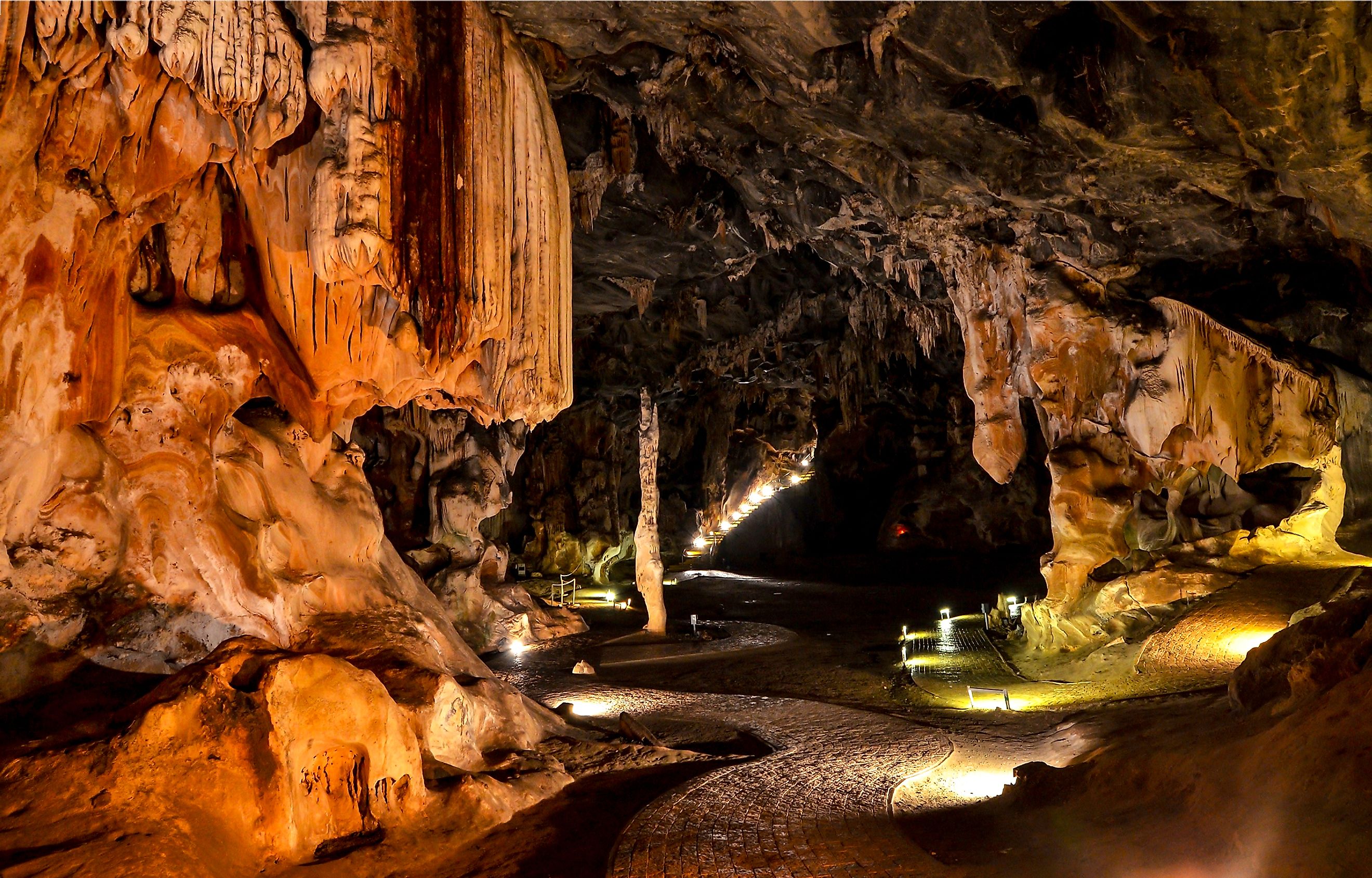
Mammoth Cave
Deep beneath the hills of central Kentucky lies a world carved in stone and time: Mammoth Cave, the longest known cave system on Earth. With over 430 miles of surveyed passageways—and more still being discovered—this subterranean wonder is a masterclass in geology, ecology, and American history.
A designated UNESCO World Heritage Site and International Biosphere Reserve, Mammoth Cave National Park draws visitors from around the world to explore its massive chambers, intricate tunnels, and the stories they hold—both ancient and modern.
A Cave of Superlatives
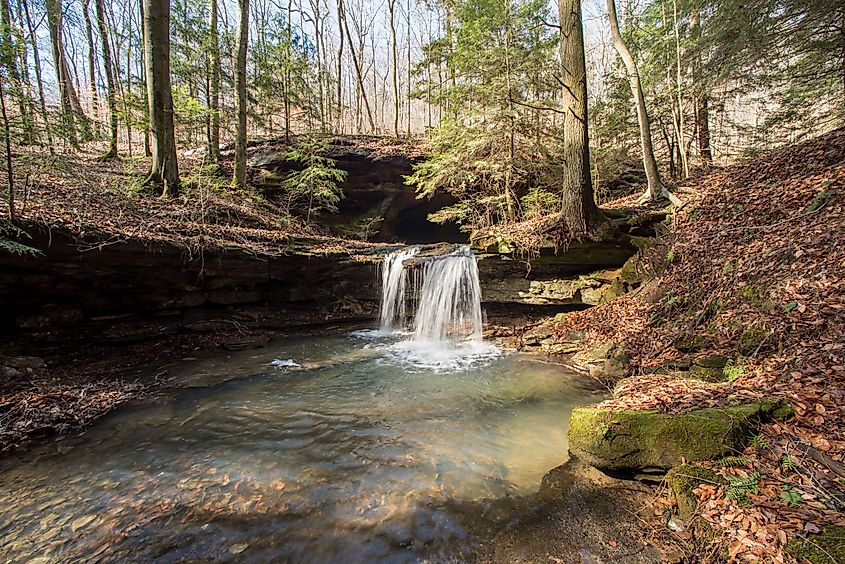
The name “Mammoth” isn’t a reference to prehistoric creatures—it’s a nod to the cave's enormous scale. Stretching more than twice the length of the next-longest known cave, Mammoth continues to expand as researchers uncover more of its complex network.
It lies within the Pennyroyal Plateau, a karst landscape filled with sinkholes, springs, and underground rivers—perfect conditions for cave formation.
How the Cave Formed
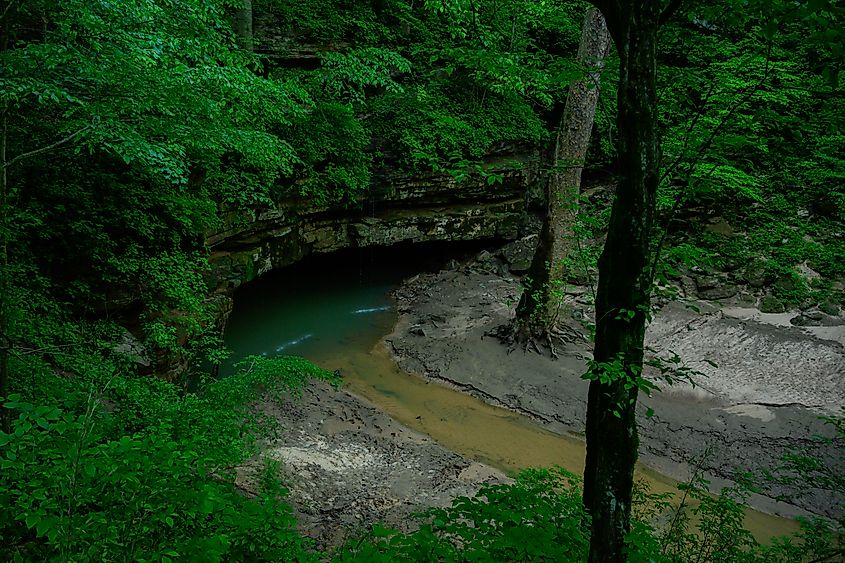
Mammoth Cave began forming over 10 million years ago when water from the Green River seeped through cracks in Mississippian-age limestone. Over time, that water dissolved the rock and carved out winding corridors. A protective layer of sandstone above the limestone helped preserve the system from erosion.
The result? A rare, multi-level cave system layered like a stack of pancakes. Some levels are dry and fossilized, while others still carry underground streams and active formations.
Geological Features You’ll See
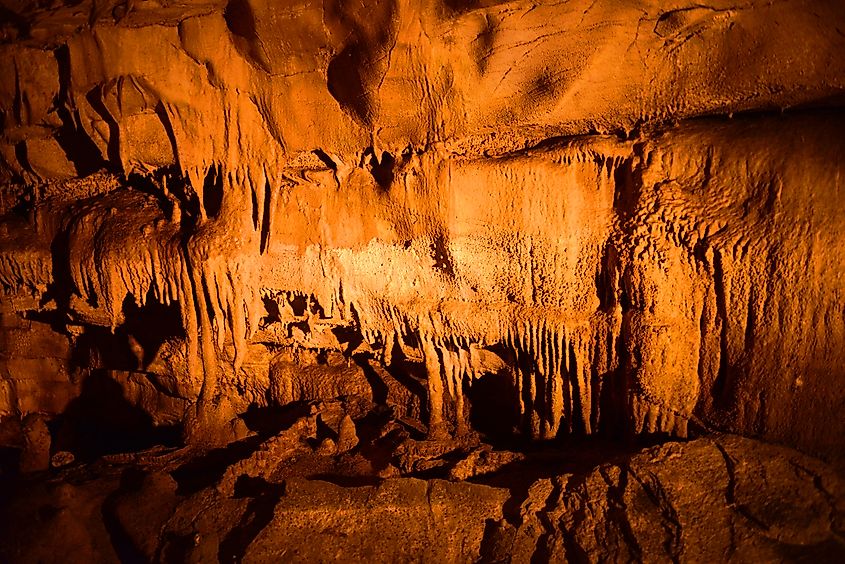
Inside the cave, you’ll encounter:
-
Towering stalactites and stalagmites
-
White, crystalline gypsum flowers
-
Massive flowstone drapes and pillars
-
Fossilized riverbeds and active underground streams
-
Narrow passages like Fat Man’s Misery and vast rooms like the Rotunda
These features are not just stunning—they’re clues to the cave’s long evolution, and researchers study them to understand past climates and water systems.
Human History Below Ground
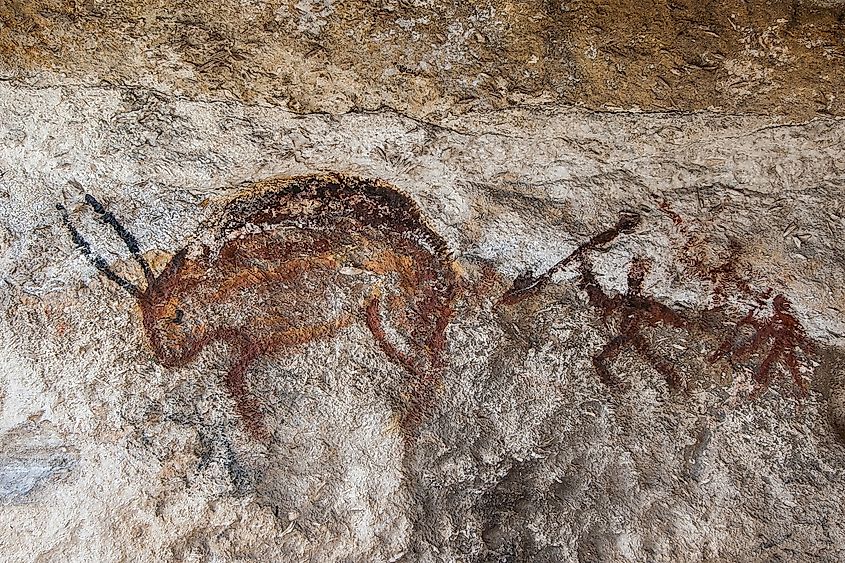
Mammoth Cave has been used by humans for over 5,000 years. Native Americans mined minerals using reed torches, and their artifacts—like moccasins and cane torches—remain preserved by the cave’s cool, dry air.
In 1797, European settlers "rediscovered" the cave. During the War of 1812, enslaved workers mined saltpeter (used for gunpowder) from its depths. One of these workers, Stephen Bishop, became a legendary cave guide and explorer. His maps and place names are still in use today.
By the early 1800s, Mammoth Cave had already become a tourist destination, making it one of the earliest attractions in the US.
Life in The Dark: Cave Ecology
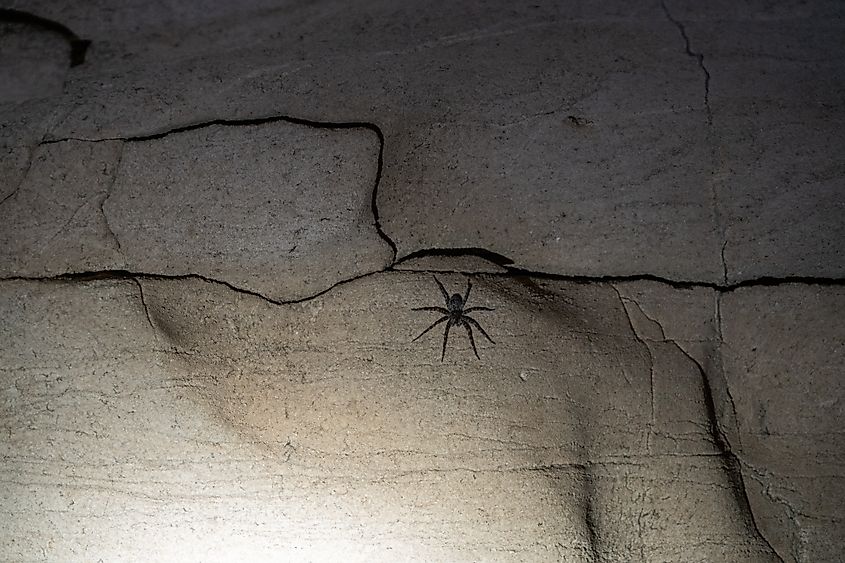
Though the cave seems barren, it’s an ecological hotspot. It supports:
-
130+ species, many found nowhere else
-
Blind cavefish and cave shrimp, adapted to total darkness
-
Troglobites, like eyeless beetles and crickets
-
Endangered bats, including the Indiana bat and gray bat
Above ground, the park’s 52,000 acres support:
-
White-tailed deer, wild turkeys, and foxes
-
Over 200 bird species
-
Dozens of species of amphibians, reptiles, and small mammals
Efforts to combat threats like White-nose Syndrome (a fungal disease affecting bats) are ongoing.
Legends, Mysteries, and Ghost Stories
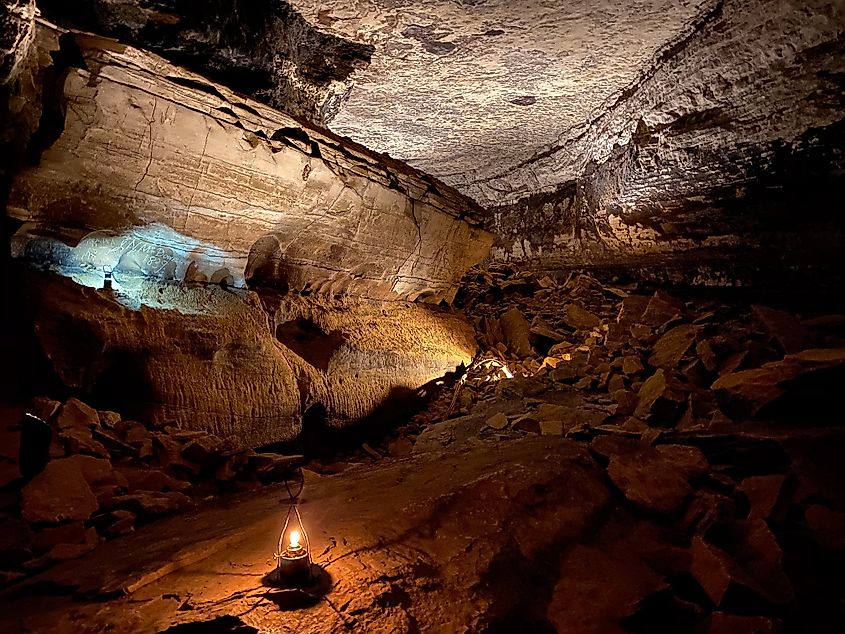
Mammoth Cave has its share of folklore. Most famous is the story of Floyd Collins, a local cave explorer who became trapped in a nearby cave in 1925. His failed rescue captivated national media and remains a haunting tale of ambition and tragedy.
Visitors and rangers have also shared eerie stories—strange echoes, unexplained chills, and sightings in shadowy tunnels. Whether truth or myth, these tales only deepen the cave’s mysterious allure.
Tour Options at Mammoth Cave
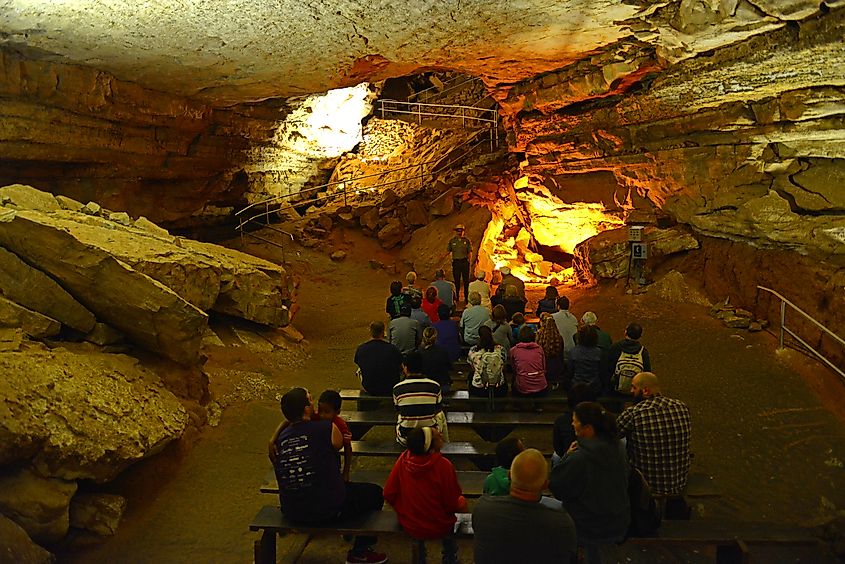
There’s a tour for every kind of traveler:
-
Historic Tour: Follow 1800s routes through famous features like the Bottomless Pit and the Rotunda
-
Domes & Dripstones Tour: See dramatic vertical shafts and cave formations
-
Frozen Niagara Tour: A short, accessible walk ending in a stunning flowstone cascade
-
Wild Cave Tour: A physically demanding crawl into off-trail, pitch-dark sections—perfect for adventure seekers
-
Accessible Tours: Wheelchair-accessible routes are available for visitors with mobility needs
Advance reservations are highly recommended, especially in spring and summer.
Preserving a Fragile Giant
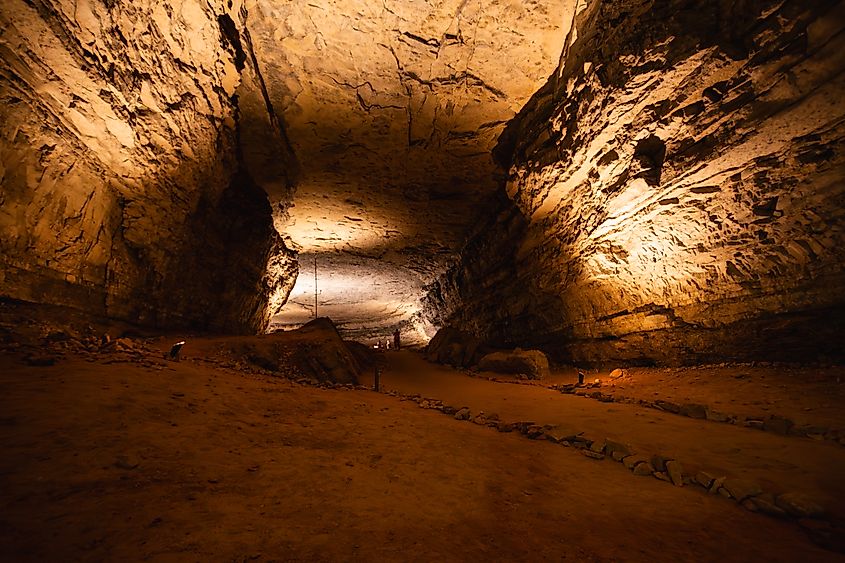
Despite protection efforts, Mammoth Cave faces environmental threats like water pollution from nearby farmland, invasive species disrupting native wildlife, and climate change affecting cave temperature and humidity.
Thanks to modern tools like LiDAR scanning and 3D cave mapping, researchers are finding new ways to explore and protect the cave while limiting human impact.
Q&A: What People Ask About Mammoth Cave
How long is Mammoth Cave?
As of 2025, more than 430 miles of Mammoth Cave have been explored, making it the longest known cave system in the world. New passages are discovered each year.
Is Mammoth Cave haunted?
There are many ghost stories and legends, especially about trapped explorers like Floyd Collins. While no official hauntings are confirmed, the eerie silence and vast darkness make it a hotspot for spooky tales.
Can you go in Mammoth Cave without a guide?
No—access to the cave is only allowed on ranger-led tours to protect both visitors and the fragile ecosystem.
What animals live in Mammoth Cave?
Inside the cave, you’ll find blind fish, shrimp, bats, and other specially adapted creatures. Above ground, the park is home to deer, foxes, turkeys, and hundreds of bird species.
What is the best tour for first-timers?
The Historic Tour is a great starting point—it blends history, geology, and iconic cave features in a 2-hour walk that’s doable for most fitness levels.
When is the best time to visit Mammoth Cave?
Spring through fall offers the most tour options and best weather for hiking. Summer weekends fill quickly, so book early.